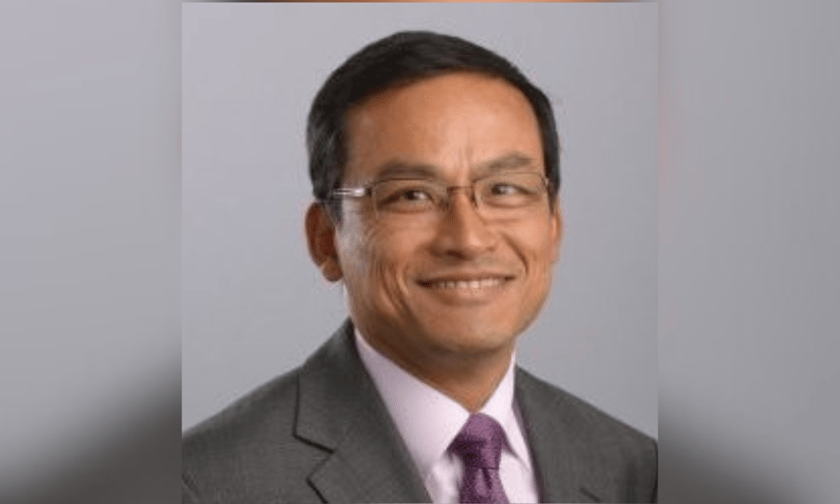

Carlos Wong-Fupuy (pictured above), senior director at AM Best, discussed the findings of a recent report, noting that despite global challenges in benchmarking due to the adoption of IFRS 17, the reinsurance segment continues to expand. Returns on equities in the sector are also expected to remain well above the cost of capital.
When asked about a key theme from last year's conference, Wong-Fupuy highlighted the increased market discipline among global reinsurers, particularly in property pricing for the primary market.
In an interview, he also noted that the shift began with the January 2023 renewals, which occurred in a relatively dislocated market, putting pressure on primary insurers to adjust their portfolios. The outcome was a noticeable increase in market discipline.
Wong-Fupuy explained that initially, the reinsurance market saw a gradual repricing and de-risking of portfolios. By 2023, a significant change was evident, reflected in the results. Return on equity (ROE) for several companies in the US and Bermuda exceeded 20%, and these strong results continued into the first and second quarters of 2024.
While European reinsurers reported slightly different outcomes due to IFRS-17 adoption, key performance indicators are trending positively. Reinsurers have exerted pressure on primary carriers to improve portfolio quality.
Looking ahead, Wong-Fupuy expects this market discipline to persist longer than in previous hard cycles. He attributed this to a lack of capital depletion, as the market remains well-capitalized.
Investor pressure to improve returns, stemming from underperformance in prior years, is expected to sustain this discipline for at least a couple more years, contributing to the positive outlook assigned to the global reinsurance segment.
As the industry moves into 2025, Wong-Fupuy acknowledged several challenges. Strengthening in US casualty books has been observed, particularly in underwriting years 2016 to 2018. Although changes in underwriting practices have been made since 2019, it's still early to determine the full impact. Increased attention is being paid to underwriting quality, risk selection, and pricing to address these challenges and reduce uncertainty.
Wong-Fupuy also mentioned the ongoing hurricane season, with forecasts predicting above-average catastrophic activity. While there may be limited room for pricing improvement, the impact of this activity on terms, conditions, and attachment points remains to be seen. The cyber insurance market continues to expand cautiously, with mixed views on risk levels and pricing adequacy.
Regarding reinsurance capacity, Wong-Fupuy highlighted that this hardening cycle differs from previous ones, as the market has remained well-capitalized without major catastrophic events eroding capital. Unlike past cycles, there has not been a surge in new company formations. Instead, capital generation has largely come from profit retention. Companies are improving their risk profiles, and some of the largest players are expanding and deploying capital more efficiently. There is no shortage of capacity, both in the traditional market and on the insurance-linked securities (ILS) side.
Wong-Fupuy noted that after several years of stabilization below $100 billion in ILS capacity, the market is now estimated to exceed $100 billion, reaching around $105-106 billion. He emphasized that ILS is not a competitor to the traditional reinsurance market but rather a partner and an essential platform that many traditional reinsurers use to expand their business.
What are your thoughts on this story? Please feel free to share your comments below.
